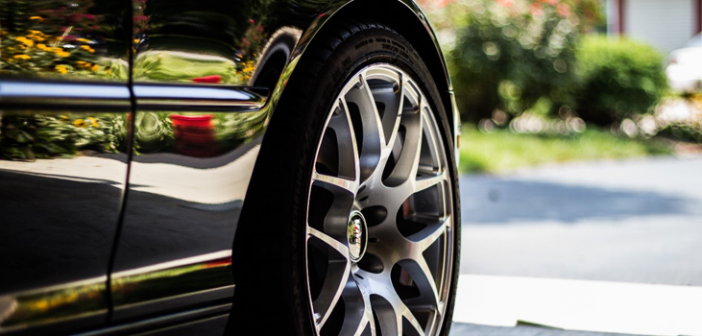Not so long ago, child safety in moving vehicles was an afterthought. Few cars had rear seat belts or anchor points, and it was not unusual for an infant to be placed on the back seat in a carry cot. In recent decades the design of car seats has come on enormously, and the number of children killed or seriously injured in road accidents has fallen dramatically.
More Simple than It Seems
It is not too difficult to choose a suitable seat. First, select the correct basic design (there are only three), then check that it has the National Safety Mark, then look for a make that is convenient for you. Finally, fit it and use it according to the maker’s instructions.
The three types are generally appropriate for three different age groups, but the size of the child matters more than the age, and each manufacturer will provide details of the size range that is provided for.
Rear-Facing
All infants should travel in rear-facing seats until they are about two years old. Ideally, children should continue rear-facing until they can no longer fit.
The straps have five fixtures (each shoulder, each hip, and between the legs) and are adjustable so that the upper straps are fixed just below the shoulders and secured with a chest strap. They should be easily released and easily tightened to a snug fit for each trip.
Forward-Facing
From about two to at least four, children should travel in forward-facing seats which provide the same fixture points and fixing methods as the rear-facing seats. The shoulder straps should now be just above the shoulders, but otherwise the child is restrained in the same way.
Booster Seats
From over four to at least eight, once they have grown out of the forward-facing seat children should travel on a booster seat. This uses the car’s fitted seat belt, but the design of the seat arranges it so that it is positioned safely across the body. These seats require three-point belts, not lap belts.
Convertible Seats
Many manufacturers offer seats which can convert from rear into forward facing, or even into booster seats. In the long run, these probably work out cheaper, but they tend to be bulkier and more complicated to fit, so they are less convenient to move between cars. The best convertible car seat for small cars are available.
A Fit for Your Car
Cars vary in their friendliness to child seats. A big car designed for family use like the Chrysler Pacifica will be much more accommodating to a variety of seats than a two-door runabout.
All modern cars are fitted with the universal anchorage system (UAS) or its equivalent SWITCH in the USA. This makes the fitting of seats easier than using seat belts, but be aware of the weight limits described in your handbook. Both forms of attachment are equally safe if done correctly.
What Really Matters
Child safety seats vary enormously in convenience and cost. However, provided you choose a seat that is approved and follow the instructions carefully, you are providing the best safety possible for your children.
Lisa Shipley balances her own business with family needs. She enjoys sharing her parenting and entrepreneurial tips online.





A baby stroller is so important jodislist.com has all the best stroller options as well as stroller and car seat combo options for you.